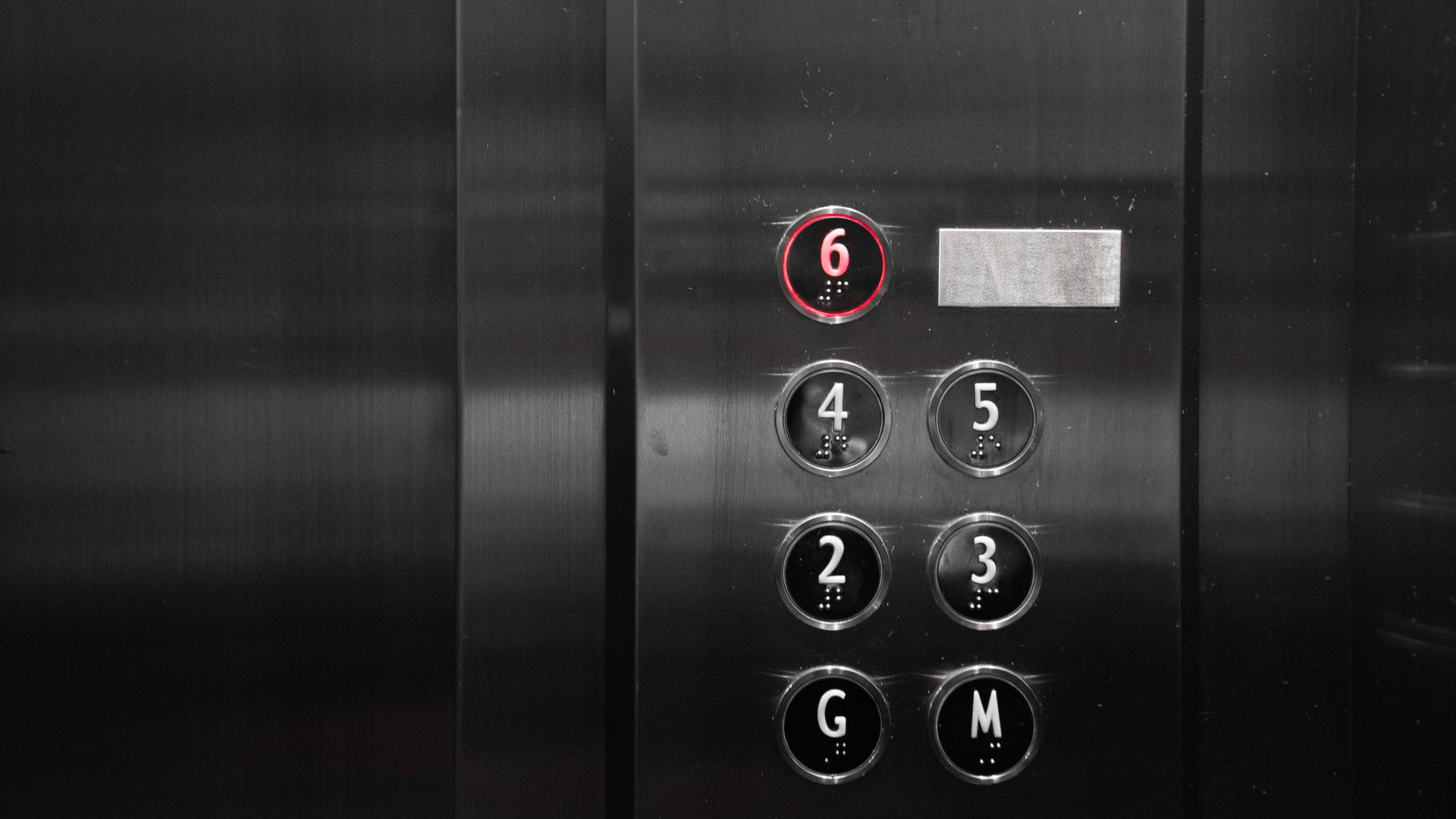How often do you take the elevator in a day? Many people live and work in buildings that are ten, twenty, or even thirty floors high. Yet, lest your mind drift to visions of a Tower of Terror-style drop into the subbasement, you rarely ponder about intricate electromechanical mechanisms that glide you up and down.
Would you feel more or less comfortable riding a lift spare parts if you knew exactly what’s keeping you from dropping 500 feet into the subbasement? There’s just one way to discover the truth.
Let’s start with the wires. The majority of elevators use two to eight woven steel wires. Elevator technicians refer to them as “ropes,” a nod to their hemp ancestors from the nineteenth century. The number of ropes in a particular elevator is determined by a “factor of safety.” If a structure’s factor of safety is 12, the ropes’ total strength must be sufficient to support 12 times the mass of a fully loaded car, according to building rules. In consequence, each rope may support more than the car’s weight.
Individual cables fail from time to time, but it takes a strange event to cut them altogether. A B-25 bomber crashed into the Empire State Building in 1945, severing all of the elevator wires. Because the wires beneath the cab slowed her descent and softened her landing, the lone passenger survived the fall from the 79th level. The planes that smashed into the World Trade Center on September 11, 2001, ripped through the elevator wires, killing several of the victims.
Elevator experts are concerned about more than simply cable failures: the electronics, pulley systems, and other features must all function properly in order for passengers to move safely.
“The elevator system checks the’safety chain’ before each run,” Daryl Marvin, director of innovation at Otis Elevator, the world’s largest elevator manufacturer, explains. (He wasn’t referring to a physical chain, but to a sequence of automated checks that the elevator performs.) “If something goes wrong — the door is open, the elevator senses an overspeed, or someone presses the emergency stop button — the system cuts power to the motor and applies the brake immediately.”
 There are two or three types of brakes on elevators. A clamp clamps on the pulley above the car if the safety chain fails, preventing the elevator from moving. The elevator brake is locked down unless power is supplied to release it, unlike an automobile brake, which must be lowered to activate. This means that any loss of power, whether caused by a system fault or a failure of the electrical grid, will activate the motor brake.
There are two or three types of brakes on elevators. A clamp clamps on the pulley above the car if the safety chain fails, preventing the elevator from moving. The elevator brake is locked down unless power is supplied to release it, unlike an automobile brake, which must be lowered to activate. This means that any loss of power, whether caused by a system fault or a failure of the electrical grid, will activate the motor brake.
The safety check and the motor brake have both failed on occasion, but the most common cause of accidents is negligence. In 2011, for example, a 41-year-old advertising executive was killed when an elevator in a Manhattan office building surged upward with the door still open. Maintenance employees who disabled the safety chain during repairs forgot to reset the system, according to an investigation.
Elevators also include a safety brake attached to the vehicle’s underside. When the passenger elevator was introduced at the 1853-54 World’s Fair in New York, this was the breakthrough that made it possible.
“Elevators were only used for freight before Elijah Otis devised the safety brake,” Marvin explains. “Ropes break occasionally, and a passenger taking that chance without support would be insane.”
The safety brake operates as follows. If the elevator detects that it is speeding down, the electronics jam a metal brake from beneath the vehicle into a groove in the guide rails, the metal rods that the elevator moves along. The automobile comes to a comfortable stop as friction rises between the wedge and the rail.
 There’s one more safeguard. A set of counterweights is located on the other end of the wires that connect to the elevator car. These weights are slightly heavier than an empty car and slightly lighter than a fully loaded vehicle. These weights would cause the elevator to ascend rather than fall if every other safety device failed and you were the only person in the car. It would start gently, then pick up speed as the ascent progressed. A fully laden car would descend at a slow but steady rate.
There’s one more safeguard. A set of counterweights is located on the other end of the wires that connect to the elevator car. These weights are slightly heavier than an empty car and slightly lighter than a fully loaded vehicle. These weights would cause the elevator to ascend rather than fall if every other safety device failed and you were the only person in the car. It would start gently, then pick up speed as the ascent progressed. A fully laden car would descend at a slow but steady rate.
When the counterweights reached the top or bottom of the shaft, they would collide with a cushion, bringing the elevator car to a sudden but hopefully safe stop. “It wouldn’t be comfortable,” Marvin predicts, “but you have a very, very strong chance of being fine.”
Many modern elevator safety mechanisms are essentially the same as those used 100 years ago, with minor tweaks to accommodate for the increased speed and weight of today’s automobiles. The fastest elevators presently travel at a speed of around 30 miles per hour. (Because rapidly increasing air pressure can cause discomfort in passengers’ ears, the descent is slower than the rise.)
Many of the updates are material-related. The heat generated by a big elevator car speeding down a skyscraper shaft would cause steel to buckle. Marvin wouldn’t say what Otis uses instead, but he did say that the material is the same as what a jet engine utilizes to resist the heat. Many of the new models are put to the test in one of Otis’ test towers, which are exactly what they sound like: elevator-only buildings. Engineers, on the other hand, never have to wait in the lobby.





